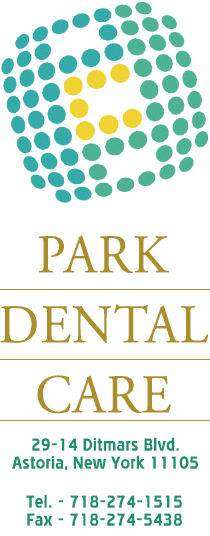Although not a common procedure in years past, today’s parents are encouraged to have their children’s molars sealed upon eruption to prevent tooth decay. Dental sealants are a clear, easy-to-apply material that seals the biting surfaces of the molars in order to prevent bacteria or debris from getting stuck in the uneven surfaces of the teeth, leading to tooth decay.
In most cases, dentists will recommend that sealants be applied shortly after a child’s molars have erupted. This means that once the six year molars are in, those teeth can be sealed and then again when the twelve year molars come in, the new set of teeth can be sealed as well. For individuals who are keeping their wisdom teeth, the dentist may also recommend that the surface of those teeth, which function just like molars, be sealed also.
Although common dental practice today is to recommend that children have dental sealants applied as soon as possible after the molars grow in to avoid exposure to decay-causing bacteria and debris, it is never too late to have the teeth sealed. In fact, adults can opt for the procedure as well and some dentists will encourage adults who are prone to tooth decay to have their molars sealed as a precautionary measure.
Other than the cost involved in having sealants applied, which is typically covered by many dental insurance policies as an effective preventative measure, there is no downside to having teeth sealed. The procedure is painless and takes just a few minutes to perform during a routine dental visit. There are no side effects, no pain and no recovery needed.
The tooth sealant application process is a snap. First, the teeth are thoroughly cleaned (this is usually done as part of a routine office visit anyway, which is when the procedure is typically performed). Following cleaning, the teeth are thoroughly dried and then a solution is applied to the biting surfaces of the molars that helps the sealant adhere to the teeth. Immediately after this is done, the sealant is brushed on the teeth and a light helps to dry the sealant material. The sealant dries clear, so once it is applied, you can’t even tell that anything has been done. However, a strong seal has been created to protect the uneven, grooved surface of the teeth from decay causing culprits like bacteria, sugars and food particles.
Although dental sealants cannot be seen by the naked eye, the dentist will periodically check them during routine office visits to ensure that no cracks or fissures develop in the sealant material. This is important because any compromise in the sealant can allow bacteria or debris to enter and come into contact with the tooth’s surface, leading to potential decay. As long as any problems are identified, it’s not a big deal because the teeth can simply be resealed to provide added protection. However, if left alone, teeth are vulnerable to decay and the sealants will no longer do their job properly.
For more information about dental sealants, contact Park Dental Care in Queens at 718-274-1515.







